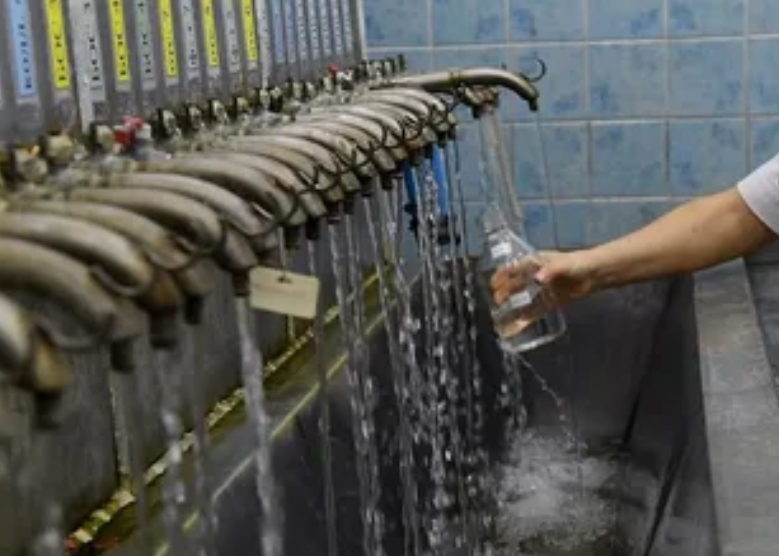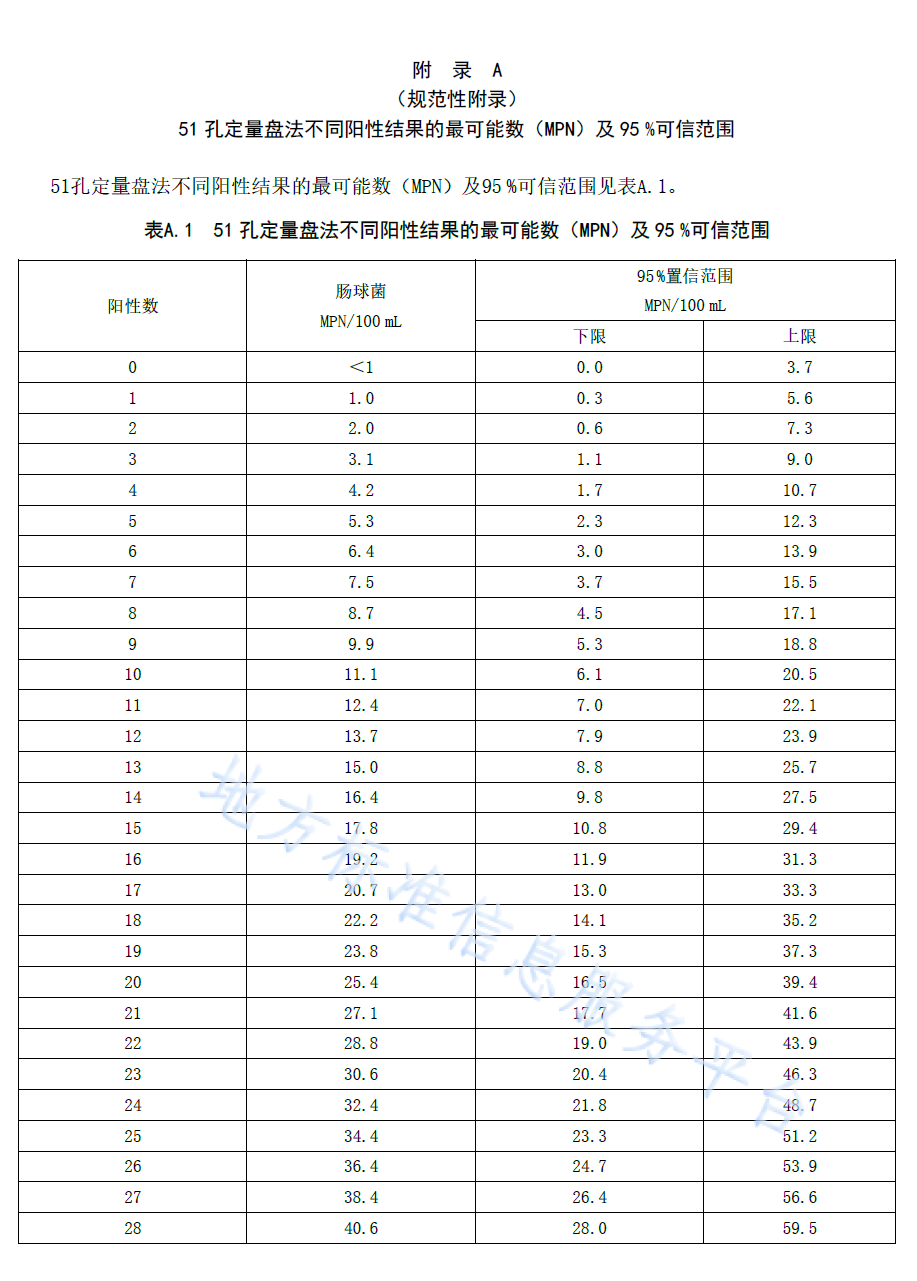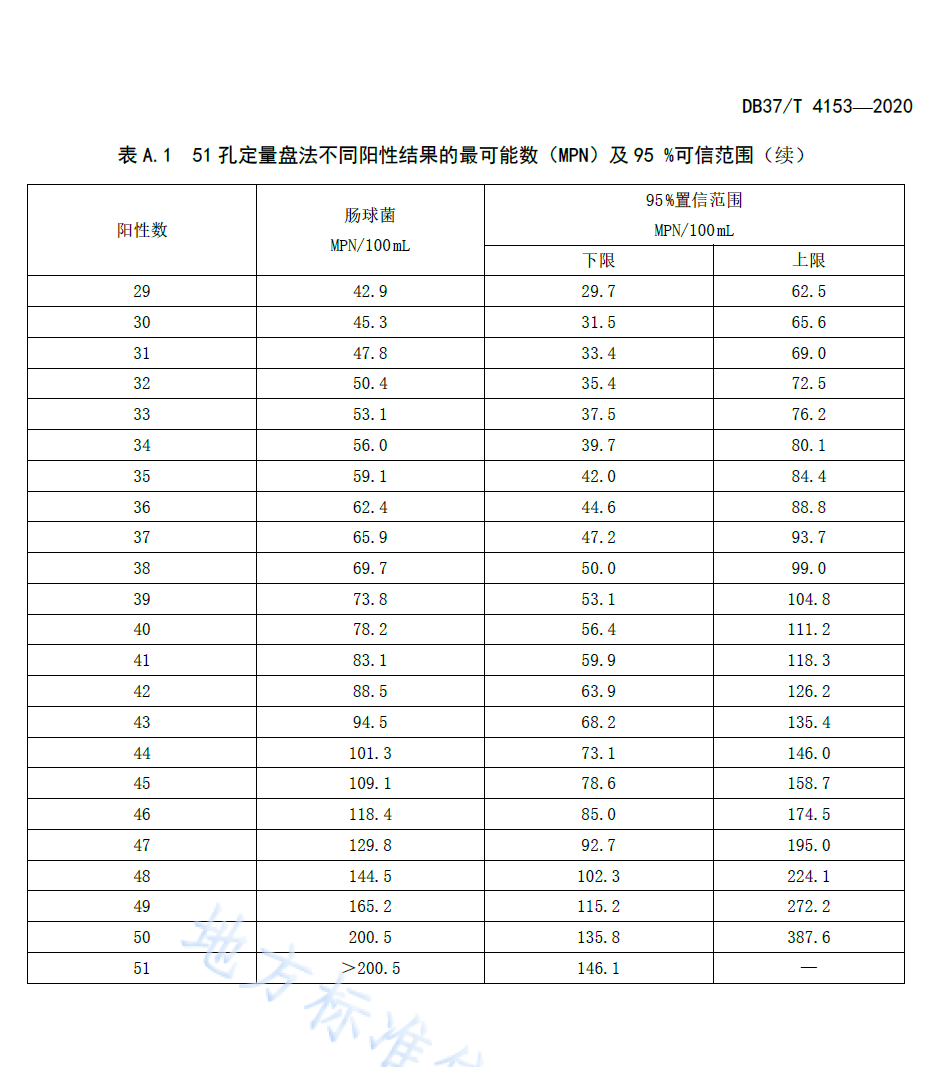Enterococci in water are also called gram-positive cocci, which are widely distributed in the natural environment and in the digestive tract of humans and animals. Therefore, there are also such species in common surface water. At present, many methods can be used for the detection of Enterococcus, such as the commonly used plate counting method, the most approximate value determination method and the enzyme substrate method. What we want to understand today is the specific steps of using the enzyme substrate method to detect Enterococcus in drinking water.
The principle is that Enterococcus can produce β-D-glucosidase when cultured at 41 °C for 24 hours, and the fluorescent substrate 4-methylumbelliferone β-D-glucoside (4-MUG ) is decomposed, the decomposed fluorescent substrate produces fluorescence under 366nm ultraviolet light, the number of positive reactions is counted, and the concentration of Enterococcus in the sample is calculated by querying the MPN table.

Detection reagents and materials
1. Commercially available Enterolert medium, other equivalent products can also be used.2. Physiological saline: The concentration of sodium chloride is 0.85%.
3. Standard strains: Enterococcus faecalis certified standard strains, Escherichia Dachang certified standard strains.
4. Sterile water: laboratory first-grade pure water, sterilized by high pressure steam at 121℃ for 20min.
5. Sodium thiosulfate: purity ≥98%.
6. Sodium thiosulfate solution (5.0g/L)
Weigh 0.5g of sodium thiosulfate to the nearest 0.1g, dissolve in an appropriate amount of water, dilute to 100mL, and sterilize by autoclaving at 121°C for 20min.
7. Phosphate buffer:
Sodium Chloride 8.01g
Potassium chloride 0.2g
Disodium hydrogen phosphate 1.44g
Potassium dihydrogen phosphate 0.24g
The above components were dissolved in 950 mL of sterile water, the pH value of the solution was adjusted to 7.4 with hydrochloric acid, and the volume was adjusted to 1000 mL with sterile water, sterilized by autoclaving at 121° C. for 20 min, and used for later use.
Testing equipment
1. Sampling bottle: 100mL, 500mL glass bottle with screw cap or ground stopper.2. Constant temperature incubator: the allowable temperature deviation is 41℃±1℃.
3. High pressure steam sterilizer: 121℃ adjustable.
4. Program-controlled quantitative sealing machine: used for sealing quantitative discs.
5. Ultraviolet lamp and supporting light box: 366nm.
6. Quantitative plate: 51 holes or 97 holes.
7. Balance: accurate to 0.001g.
8. Volumetric flasks: 10mL and 100mL.
Detection steps
The first is qualitative analysis
Measure 100 mL of water sample with a sterilized 100 mL sampling bottle, add a bag of culture medium, shake it evenly to completely dissolve it, and put it into a constant temperature incubator at 41 °C ± 1 °C for 24 hours.followed by quantitative analysis
Measure 100 mL of water sample with a sterilized 100 mL sampling bottle, add a bag of culture medium, and shake it evenly to dissolve it completely.Pour all the above 100mL water samples into a 51-hole sterile quantitative plate, smooth the back of the quantitative plate to remove air bubbles in the holes, then seal it with a program-controlled quantitative sealer, and put it into a constant temperature incubator at 41℃±1℃ for 24h.
The blank control can be operated with sterile water according to the detection procedure.
Qualitative results
Qualitative analysis of water samples, observed under UV light, produced fluorescence, it was judged as a positive reaction; if no fluorescence was produced, it was judged as a negative reaction.
Quantitative results
Observe the quantitative plate under UV light for 24 hours, count the number of wells with fluorescent reaction, and count and quantify with reference to the confidence range table. The result is expressed as MPN/100mL. Enterococci were reported as "not detected" if all holes did not fluoresce. If the fluorescence is not obvious, the incubation time can be extended to 28h for result interpretation, and the color reaction after more than 28h is not regarded as a positive result.


This content comes from 《DB37/T 4153-2020 Determination of Enzyme Substrate Method for Enterococcus in Water》



